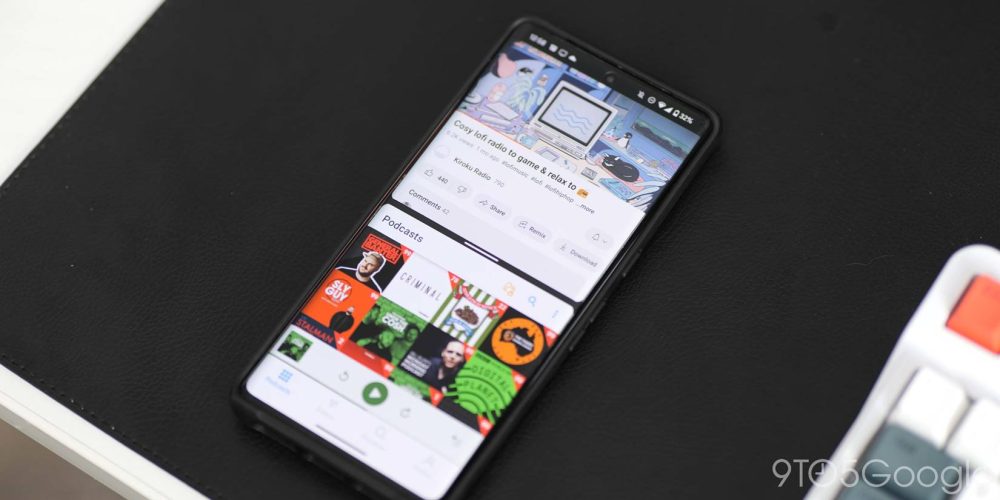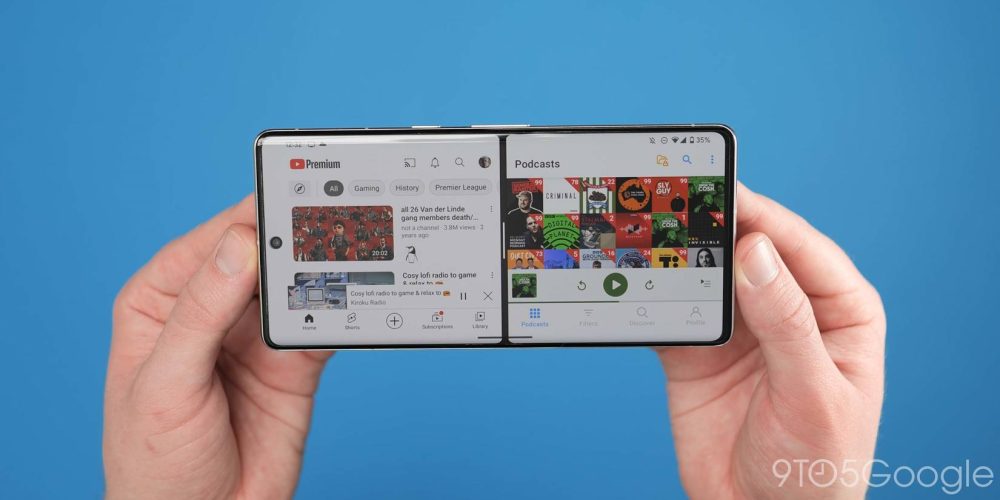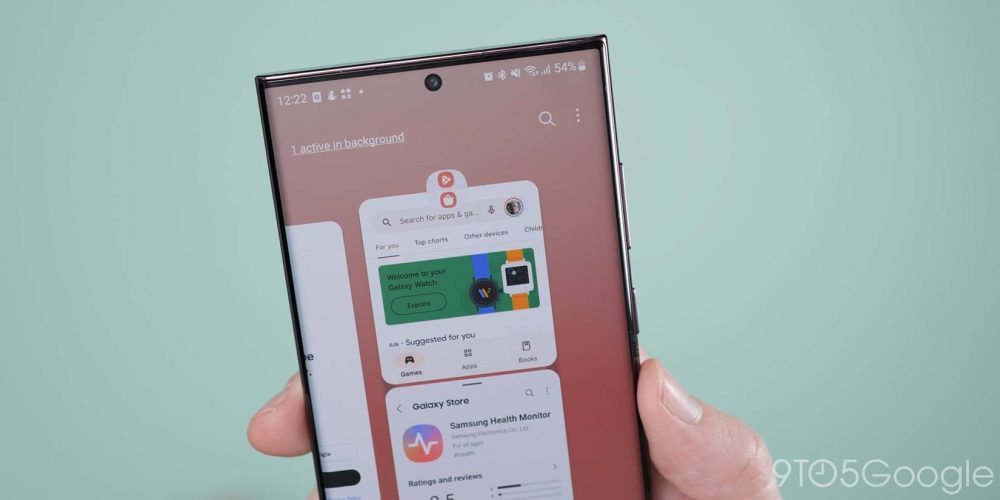
As smartphones continue to balloon in size, be that in terms of dimensions or smaller screen bezels, utilizing the split-screen mode makes it easier to manage. The split-screen process has been altered slightly in Android 13, but we’re going to show you just how to master this extra mode.
This feature was first introduced back in older versions of Android and back then, the method was relatively simple thanks to the three-button navigation method. As OEMs and Android have moved on from on-screen buttons to free-form gestures, there have been several core changes that — annoyingly — make entering split-screen when running Android 11 through Android 13 just a little more cumbersome.
Android Nougat allowed you to simply enter your recent app switcher and drag-and-drop apps to the top and bottom of your display to have them running simultaneously. Since Android Pie, the recent app switcher now uses swipes to dismiss or close any running applications — which is an important reason why this split-screen method has changed since Pie through Android 13.
Those with smaller displays might not find this particularly useful; heck, you might not use the feature at all. That said, a prime example when split-screen apps are useful is if you want to watch a video and browse the web simultaneously. The split-screen mode in Android is actually a really great way to properly multitask on your smartphone, especially if you have a big phone like the Galaxy S22 Ultra or even the Pixel 7 Pro.
Table of contents
How to enter split-screen on Android 13
For more video content, subscribe to 9to5Google on YouTube.
- Launch the first app that you want to use in split-screen multitasking — this is not necessary if you have recently opened the app you want to use.
- Now enter the recent apps screen.
- Swipe up from the home bar in Android 13 when using gestures.
- Swipe up from the pill-button if using 2-button navigation (often disabled in Android 12+).
- Tap the recents (square) button if using 3-button navigation.
- Navigate to the app you want to have at the top of your display in split-screen.
- Tap the kebab menu (three dots) within the Recents app switcher or hold the app icon on some devices to activate the mini menu.
- Now tap “Split-top” on Pixel phones or “Split-screen” on some other Android phones.
- On Samsung Galaxy phones the process is streamlined further. Pressing and holding the app icon within the Recents menu in One UI 5.0 (Android 13) allows you to place at either side of your screen with a pop-up menu section letting you select a second app for a split-screen view.
- Now you can select the secondary app either from the recent app view or pick an app from your home screen or app drawer.
- The secondary app will now appear in the lower half of your display.
- In landscape, apps will be held on the left and right halves of your display.
This will only work when viewing applications in portrait rather than landscape, though. Some apps may also not allow you to put them into split-screen — such as Pokemon Go and many other games. You may see a black or blank screen in a portion of your display if an app does not support split-screen mode on Android 13.
How to exit split-screen mode in Android 13

There are a number of ways to exit split-screen mode on your device. This makes it easier to choose between closing the dual app view and even lets you quickly return courtesy of the Recents app menu and “App pairs” functionality.
- When two apps are running side-by-side, simply drag the middle-positioned black bar to scrub down or up to open the corresponding application in full-screen mode.
- Alternatively, if using the gesture navigation method, swipe upward to exit to your home screen. Reopening the Recents app menu will preserve the split-screen apps as an “App pair” that you can return to or dismiss.
How to resize apps when in split-screen view


You can resize each split-screen app slice on Android Pie right through to Android 12, but Android 13 takes things a step further, as you can double-tap the separating line or bar and this will switch the positions of any apps you currently have open. Here’s how to do it:
- With two apps open in split-screen view tap and hold the black bar separating both app instances. Drag up or down to resize to suit your preferences.
- Dragging the separating bar to the bottom of your screen will open the upper application in full screen. Conversely, dragging upward to the edge of your screen will open the bottom application.
- This method works when in split-screen landscape mode, but may differ on your specific Android 13 device.
- To switch the positions of each application, double-tap the separating bar and in most cases a smooth transition will move the application. On Samsung phones, you may see a dual-arrow icon after double-tapping that you can press to switch positions quickly.
- You can also “save” your favorite app pairings by tapping the “star” icon to quickly launch two of your favorite apps into split-screen mode on Galaxy devices.
FTC: We use income earning auto affiliate links. More.




Comments